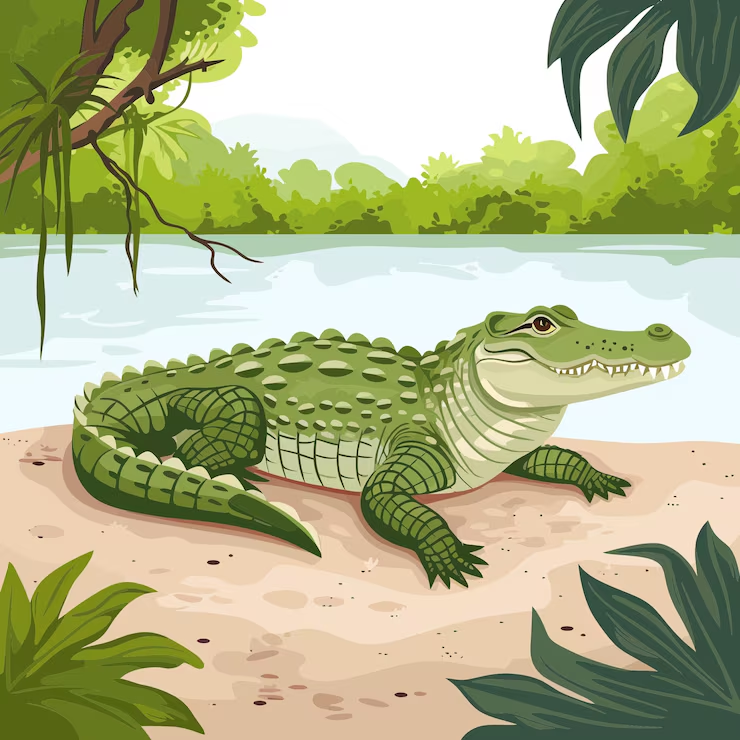Answers For VOL 5 Test 2 - Experiments
Answers and detail explain for VOL 5 Test 2 - Experiments
Explain
VOL 5 Test 2 - Experiments

Stefan: Hi Magda.
Stefan: How was your placement?
Magda: It went really well.
Magda: The kids really enjoyed the science I did with them.
Stefan: So did mine.
Stefan: I think they found it very motivating.
Magda: Yes.
Magda: The programme we had to teach was much better than the old-style science experiments we did at school.
Stefan: Yes, though I don't understand why the children should have to build a model of a steam engine.
Stefan: 1I tried it with the kids, but I couldn't get it to work.
Magda: 1Me neither, and it really shows it's hard to get any real results.
Stefan: Yes.
Stefan: And it's usually the children's parents rather than the kids themselves who favour that type of experiment. So what experiments did you do?
Magda: Well, one day a discussion started in class about breakfast cereals, about which one was best. One child then said that we should test them in class.
Stefan: That's a nice idea.
Magda: 2Yes, and it wasn't expensive. We brought four different brands of cereal and had everyone evaluate them for taste, appearance and sogginess in milk.
Stefan: And are you going to tell me which one won?
Magda: No, I'll let you do it yourself. It obviously isn't difficult to set up. Another experiment we did, the sports teacher's idea actually, was to spend a morning seeing how high various balls bounced.
For example, do new tennis balls bounce higher than old ones, and do basketballs that are fully inflated bounce better than flatter ones?
Stefan: And I guess you got some interesting data?
Magda: We did, and they had to make a chart to plot the results. 3It really improved their grasp of charts and graphs and calculation. Apparently they'd had problems understanding the point of graphs in the past.
Stefan: Did all your experiments work out OK?
Magda: Well, we had one lesson on making paper from grass.
Magda: The children made a terrible mess in the classroom.
Magda: Whatever they did didn't work, and it wasn't because it was difficult.
Magda: 4I think it was because it didn't engage them at all.
Magda: 4It didn't seem to motivate them.
Stefan: My tie-dyeing experiment went well.
Stefan: They had to get a piece of material and twist it into a rope and then dye it.
Stefan: The children did end up with blue and green hands for a few days though.
Magda: But don't you need to spend more than one lesson on that?
Stefan: 5Yes, we did it over three classes.
Stefan: The children really loved it though, and one suggested we make scarves from the result.
Stefan: I declined, as my sewing skills aren't up to much.
Magda: I guess the one experiment that everyone loved in my class was making glue from milk.
Magda: I thought it would be a complete failure, but in fact it worked brilliantly.
Magda: 6One reason, I suspect, is that they got feedback straight away.
Magda: Some children get really restless if they have to wait for anything interesting to happen.
Stefan: Yes, I think that's always a good idea.
Stefan: Really helps to make it a a success.
Magda: I see you've got a diagram there for one of your experiments.
Stefan: Yes, it was an idea I got from the internet.
Magda: It was very easy and straightforward to set up. The idea is to make a condenser to extract essences from plants. 7The large container's made of metal.
Magda: Right, and that holds the hot water?
Stefan: That's right, 8and it has a strainer which sits inside it. This is where you put the plant matter. We used plants like rosemary, as the essence you can extract is quite strong.
Magda: So what's the container right at the top?
Stefan: It's made of glass. It's where we put the ice. 9The glass container has a drip tip at the bottom.
Magda: What's that for?
Stefan: It's where the essence collects.
Magda: Where does the essence go then?
Stefan: 10Into the dish at the bottom. It's made of pottery.
Magda: Sounds good. I might try it with my class.
Questions 1-6
What is said about each of the following experiments?
Choose SIX answers from the box and write the correct letter, A-H next to questions 1-6.
CommentsA. very boring |
1
Correct answer: B
2
Correct answer: G
3
Correct answer: F
4
Correct answer: A
5
Correct answer: H
6
Correct answer: E
Questions 7-10
Label the diagram below.
Write the correct letter, A-G, next to questions 7-10.
7
Correct answer: D
8
Correct answer: F
9
Correct answer: G
10
Correct answer: C
![[Forecast Q2-2025] - Biology lecture](https://static.helik.app/reading/8fd3d7d2-ccf9-47a3-8920-2e7a3b0d6607)
![[Forecast Q2-2025] - Living in the City](https://static.helik.app/reading/1a60bcf3-f3a7-4e9b-97a2-94d156a0de3b)
![[Forecast Q2-2025] - Student Union](https://static.helik.app/reading/fb443123-8c1d-447e-8c79-5a01650f4754)
![[Forecast Q2-2025] - Fruit-picking Job in an Orchard](https://static.helik.app/reading/e1968346-6c55-44ae-b8d3-f6a4fb7207b9)
![[Forecast Q2-2025] - University Crime Prevention](https://static.helik.app/reading/bdda593e-16d6-4c72-8a12-b116e917b27c)
![[Forecast Q2-2025] - Business Course](https://static.helik.app/reading/3308e282-99a6-4bcb-9d22-0b488701d968)
![[C20T1] - Choosing a restaurant](https://static.helik.app/reading/e9b21123-c43c-42fb-88b7-5d0be3a37e03)
